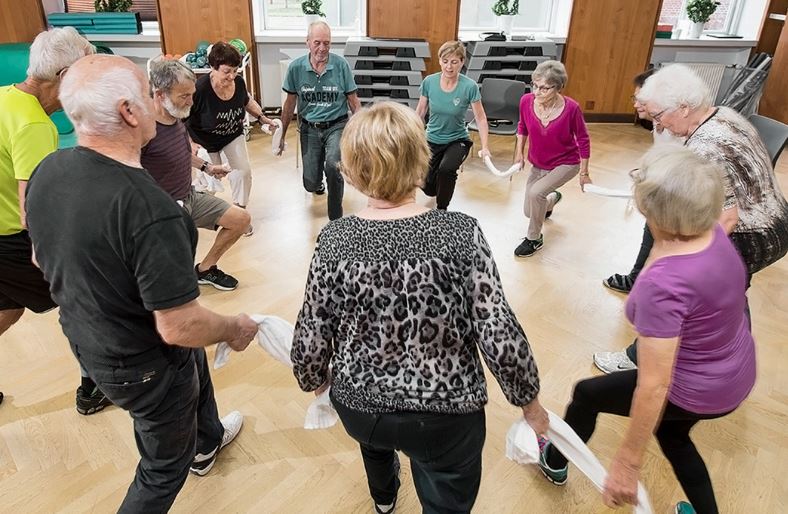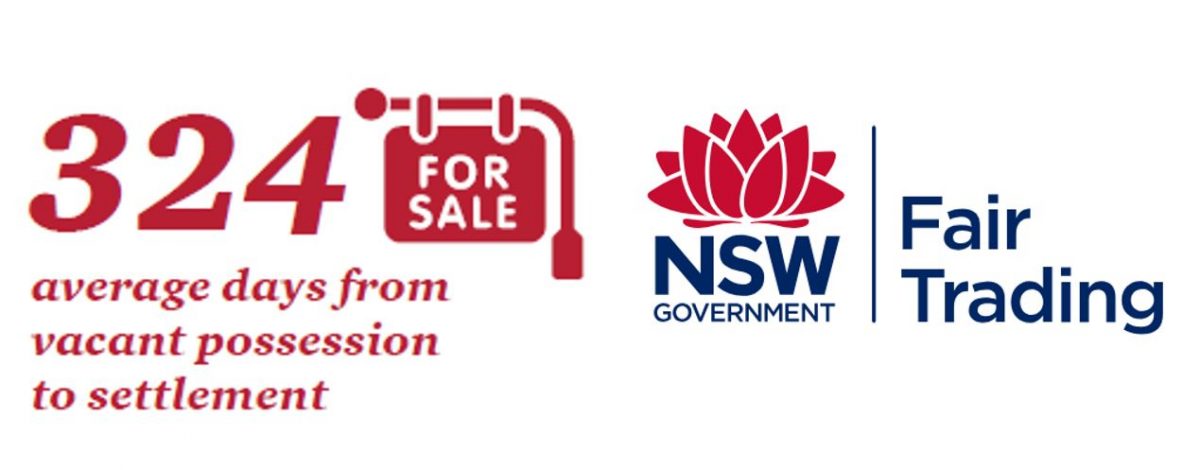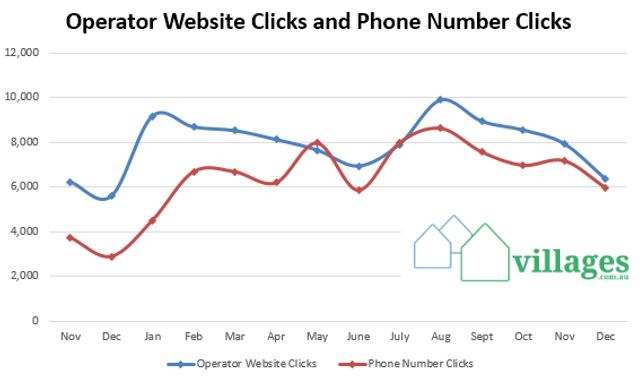The Royal Commission into Aged Care Quality and Safety will roll on until at least December.
Over the next two weeks expect some ‘crisis’ news in the media given the witnesses being called.
But it is not all bad news. The people who know say that 25% of the Royal Commission is about the bad stuff, but after that is out of the way, 75% will be the good stuff – how do we make aged care better.
For retirement villages, one of the submissions is really interesting.
The big home care provider Enrich is pushing that Australia looks at Denmark. 20 years ago, Denmark had a system like ours where we accepted that people get old and simply get more frail and sicker until we die.
The Danes turned their system upside down, saying ‘let’s keep people well as long as possible’. They increased home care support from 25% of their aged care budget (same as ours) to 50%. They also said people had to take responsibility for their own health.
In 20 years, their number of hospitals has dropped from 92 to 35. They have half the people in aged care that we do (as a percentage).
People who take responsibility for their own wellness future and get supportive home care live longer and avoid hospital and aged care homes.
Does this sound like retirement villages? You would be aware that the Australian consulting firm Grant Thornton’s research shows retirement village residents live five years longer than the average Australian, and they are far less likely to go into residential aged care.
Commissioner Lynelle Briggs like these ideas. She says herself that the aged care system “needs to be turned upside down’.
‘Assisted living’ is the increasingly popular label for retirement villages supporting increasingly frail residents in their own home. It has a big future. But its success will depend on the quality of Village Managers.








